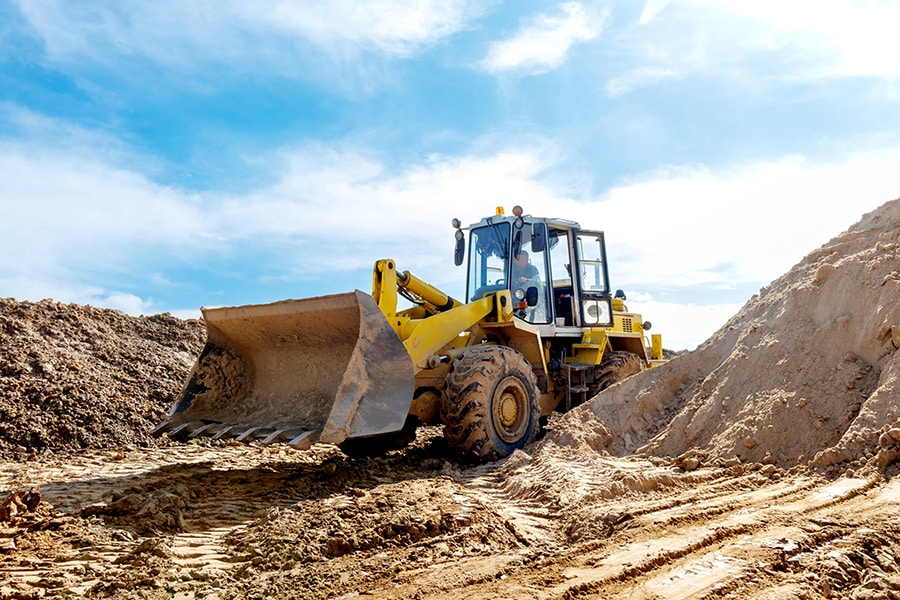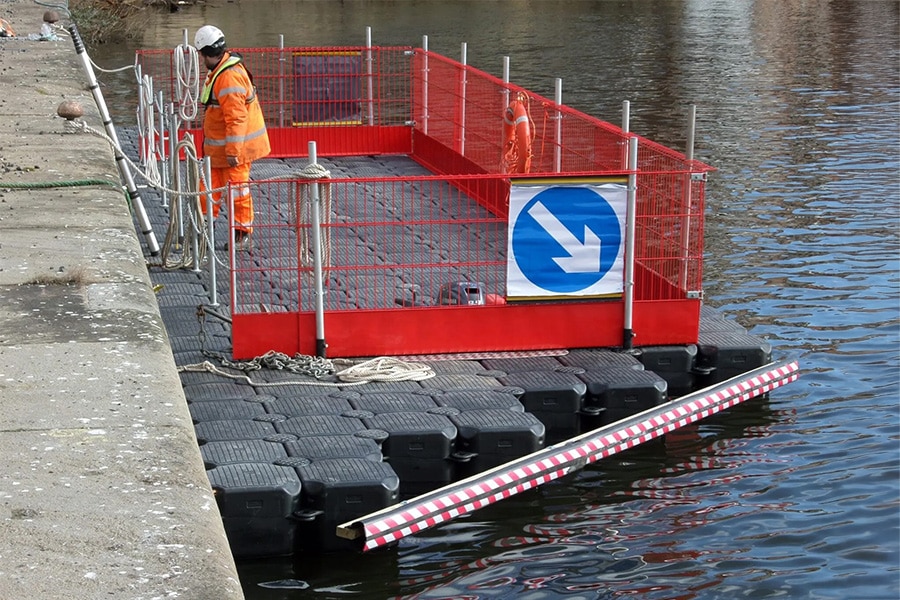
Working alone, not without an LMRA
Working alone is more common than you might expect, even in infra. Because as a construction machine operator or equipment inspector, you are sometimes on your own. Did you know that an LMRA, a brief risk assessment that you perform before entering the workplace and starting your work, is then mandatory? The workshop "working alone" by Aboma Inspections during the Machinist Training Days in Harderwijk therefore opened many eyes.
Working alone means performing work outside the immediate earshot and/or field of vision of colleagues or supervisors. "The risk involved is not necessarily greater than when you are out with one or more colleagues, but because you are working motherly alone, you are at the mercy of the gods if something happens," says Mario Rovers of Aboma Inspections. "So an employer will always have to ask himself whether it is strictly necessary to have a certain activity performed by one person with one machine. You could also use two manned machines. Then the work is done once as fast ánd you have eliminated all the dangers of working alone."

Recognize and eliminate hazards
If it is not possible to do a certain job with several people, you need to recognize and eliminate all dangers. "And match the machine you use to the work you will be doing," says Allard Schonewille of Aboma Consultancy. "Is the machine in question suitable for working alone or is it better to use another machine that does have an automatic lubrication system, for example. Then you avoid fall and clamping hazards." Mario gives another example: "When sweeping a ditch, there is a chance that you will encounter a wasps' nest. Then make sure you have an EPI pen on board, should the operator be allergic to a wasp sting, there is no need to worry."
LMRA
In any case, completing an LMRA is mandatory before working alone, Mario emphasizes. "After all, the employer must provide the employee with a safe workplace. An LMRA is actually a brief risk assessment and does not have to take more than a minute. In addition, ask yourself if you are capable of going out alone. If you have gotten up in the morning with chest pain, arm pain or just don't feel fit, have someone else go out alone. And then when you're out on your own, be sure that you can call in the right help should anything happen. Consider a man-down system with an alarm button or a permanent connection via a bodycam or other open channel."
Opening eyes
According to Allard, it is wise not to let persons with epilepsy work alone. "Even with medication you will have to make the right trade-offs. Construction and infra is a sector of doers, but sometimes it is wise to take a break." Mario can agree. "During our workshops on working alone at the Machinist Training Days, we opened many eyes. Everyone recognized themselves in the examples. It is an underexposed topic that is very much underestimated." Allard: "Working alone is more common than you think, even on large infrastructure projects. You drive a construction machine further into the project and often do not realize that you are no longer working under supervision. Even then the rules of working alone apply."
The measures you need to take to work safely alone vary depending on the situation and project. "You have to ask yourself at all times: can I do the work safely and the moment it becomes unsafe, can I save myself," Mario explains. Allard adds: "The H&S plan must therefore be carried out project-specific, and not copy and paste from previous work. And if the LMRA is incorrect, stop the work. Above all, use common sense and check the Abomaphone for a checklist when working alone."




